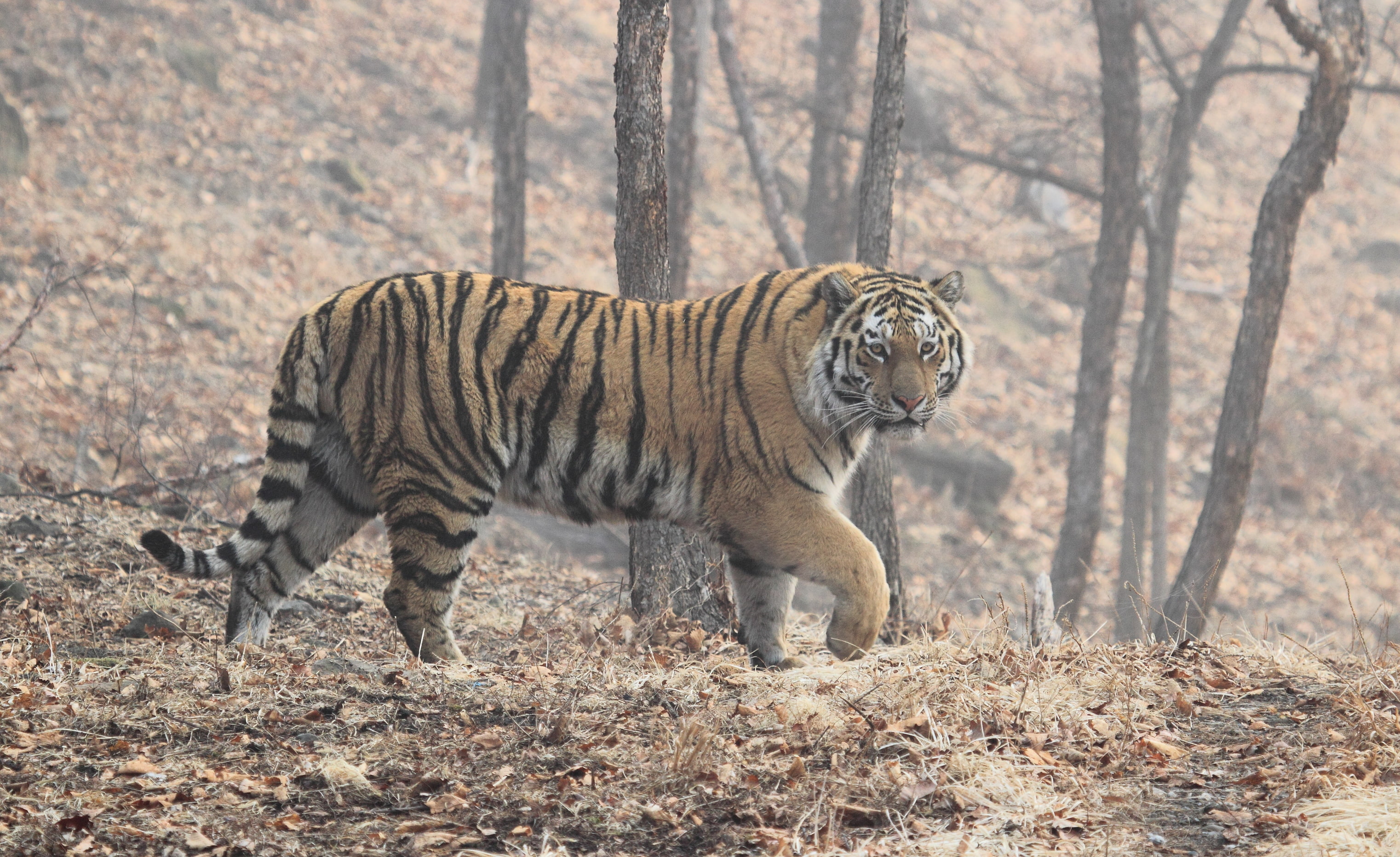The Amur Tiger Center and the Yalta Zoo "Skazka" (Fairytale) have agreed on cooperation in both science and practice. Experts of the Center will provide support and assistance to the zoo in the cultivation of a new generation of rare species of the feline family.
On the night of March 16 - 17, in Crimea while the results of the referendum were being summed up, Amur tiger twins were born in the Belogorskiy region safari park called Taigan, which is one of the parks of the Yalta zoo "Skazka". Employees of the park decided to name the two-week cubs in honor of the new status of the region - Crimea and Vesna (which means “spring” in Russian).
Today the number of tigers in the Taigan safari park reaches 28 individuals which is the largest collection of Amur tigers in captivity in Russia. Lions and other animals, mainly large mammals, are also contained in the nursery.
According to Director of the Primorsky branch of the Amur Tiger Center Sergei Aramilev, it is very important to step up efforts to promote cooperation between the Taigan safari park and the Eurasian Regional Association of Zoos and Aquariums (EARAZA), which is headed by Moscow Zoo, so that the Crimean park could become a member of the international program for the conservation of the Amur tiger in captivity and contribute to the conservation of the subspecies.
"Unfortunately the Safari Park is not yet a member of EARAZA or any other association of zoos involved in the international program for the conservation of the Amur tiger in captivity. According to the International Strategy of captive breeding of the Amur tiger (and other rare species of animals), tigers should not be given to zoos that are not included in international breeding programs and do not have conditions for their maintenance and reproduction. The conditions for breeding are more than acceptable here", - says Sergey Aramilev.
Preservation of the genepool in captivity is as important as preservation of the population in the wild and is an integral part of any program for the conservation of endangered species.
"Due to increasing anthropogenic influences, the populations with a small number of founders in the wild are very vulnerable. Unforeseen threats such as diseases or accumulation of errors in the genome caused by the inbreeding can lead to rapid loss or abrupt reduction in the number of population. In such cases captive populations (provided genetic purity) are the insurance which helps to restore the rare species or to evade the extinction threat,"- says Sergey Aramilev.
Furthermore, keeping rare animals in captivity allows professionals to get invaluable information on the behavior and adaptation of animals. This information is used for rehabilitation, reintroduction and introduction of tigers in the wild. Keeping animals in zoos allows to track the development of various diseases, to develop measures to prevent them and to find new ways of treatment.

